Increased Focus on Quality Control
Quality control remains a critical aspect of laboratory operations, and the laboratory automation market is adapting to meet these demands. Automation technologies are being integrated into quality assurance processes to ensure compliance with stringent regulatory standards. Automated systems can perform repetitive tasks with high precision, thereby minimizing variability and enhancing data integrity. In Japan, regulatory bodies are increasingly mandating the use of automated solutions to maintain quality standards in laboratories. This shift is likely to drive market growth, as organizations seek to invest in automation solutions that enhance their quality control measures.
Shift Towards Personalized Medicine
The laboratory automation market is also influenced by the growing trend towards personalized medicine. As healthcare providers increasingly focus on tailored treatment plans, laboratories are required to adopt automation technologies that can handle diverse and complex testing protocols. Automation facilitates the efficient processing of large volumes of data, enabling laboratories to deliver precise and timely results. In Japan, the demand for personalized medicine is expected to grow, with projections indicating a market expansion of over 15% in the next few years. This shift necessitates the integration of advanced automation solutions to meet the evolving needs of healthcare.
Technological Advancements in Automation
The laboratory automation market in Japan is experiencing a surge due to rapid technological advancements. Innovations in robotics, artificial intelligence, and machine learning are enhancing the efficiency and accuracy of laboratory processes. For instance, automated liquid handling systems and robotic sample management are becoming increasingly prevalent. These technologies not only reduce human error but also significantly increase throughput. According to recent data, the market is projected to grow at a CAGR of approximately 10% over the next five years. This growth is driven by the need for high-throughput screening in drug discovery and diagnostics, making automation indispensable in modern laboratories.
Rising Demand for High-Throughput Screening
The laboratory automation market is witnessing a notable increase in demand for high-throughput screening (HTS) techniques. This trend is largely attributed to the pharmaceutical and biotechnology sectors in Japan, where the need for rapid and efficient testing is paramount. HTS allows researchers to conduct thousands of experiments simultaneously, thereby accelerating the drug discovery process. As a result, investments in automated systems that facilitate HTS are on the rise. Market analysis indicates that the HTS segment is expected to account for over 30% of the total laboratory automation market by 2026, reflecting a strong shift towards automation in research and development.
Growing Investment in Research and Development
Investment in research and development (R&D) is a key driver of the laboratory automation market in Japan. The government and private sectors are allocating substantial funds to enhance scientific research capabilities. This trend is particularly evident in the life sciences and healthcare sectors, where automation is seen as a means to improve research efficiency. As R&D budgets increase, laboratories are more inclined to adopt automated solutions that streamline workflows and reduce operational costs. Current estimates suggest that R&D spending in Japan could reach ¥20 trillion by 2027, further propelling the laboratory automation market forward.


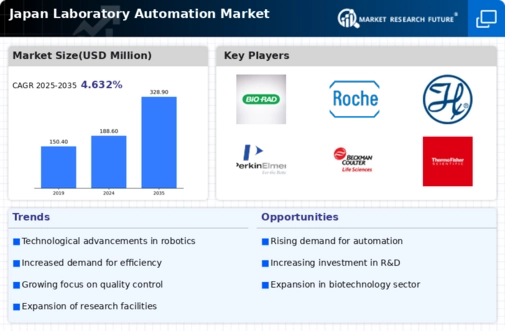

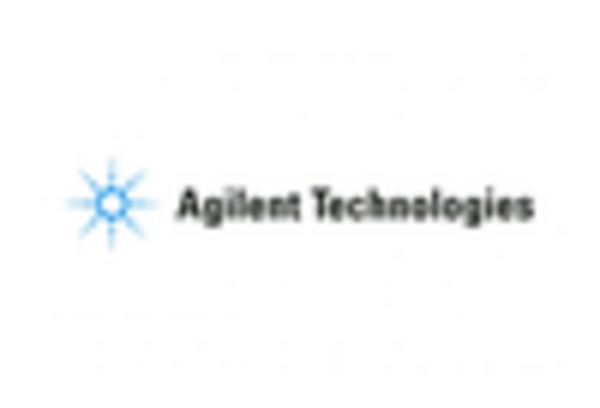
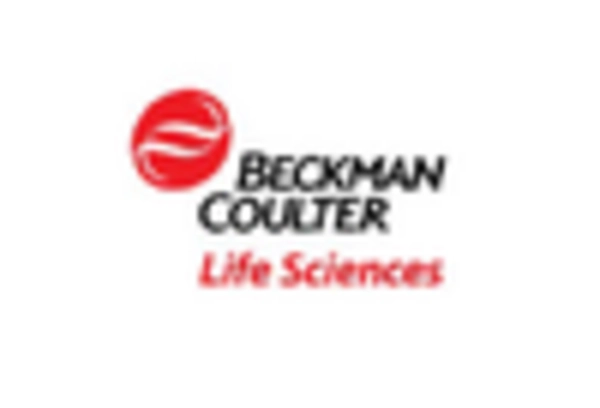

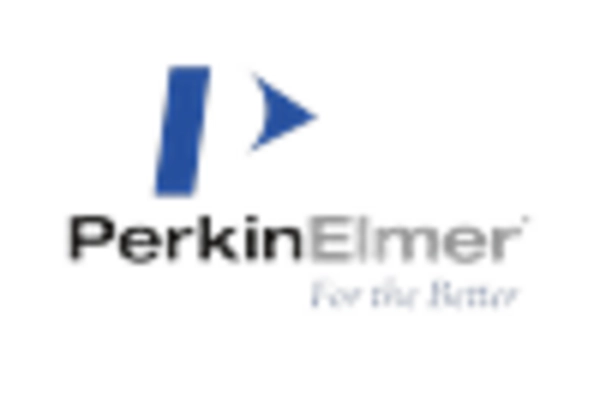
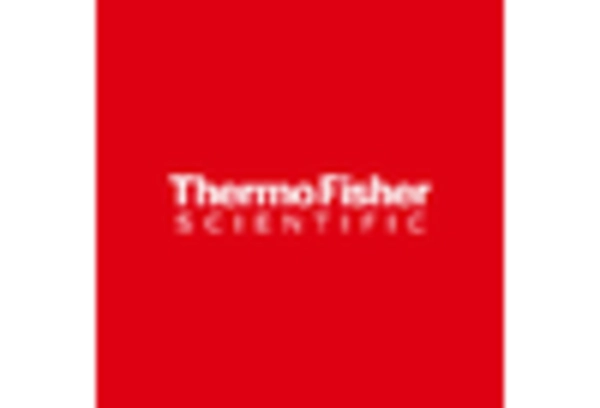








Leave a Comment